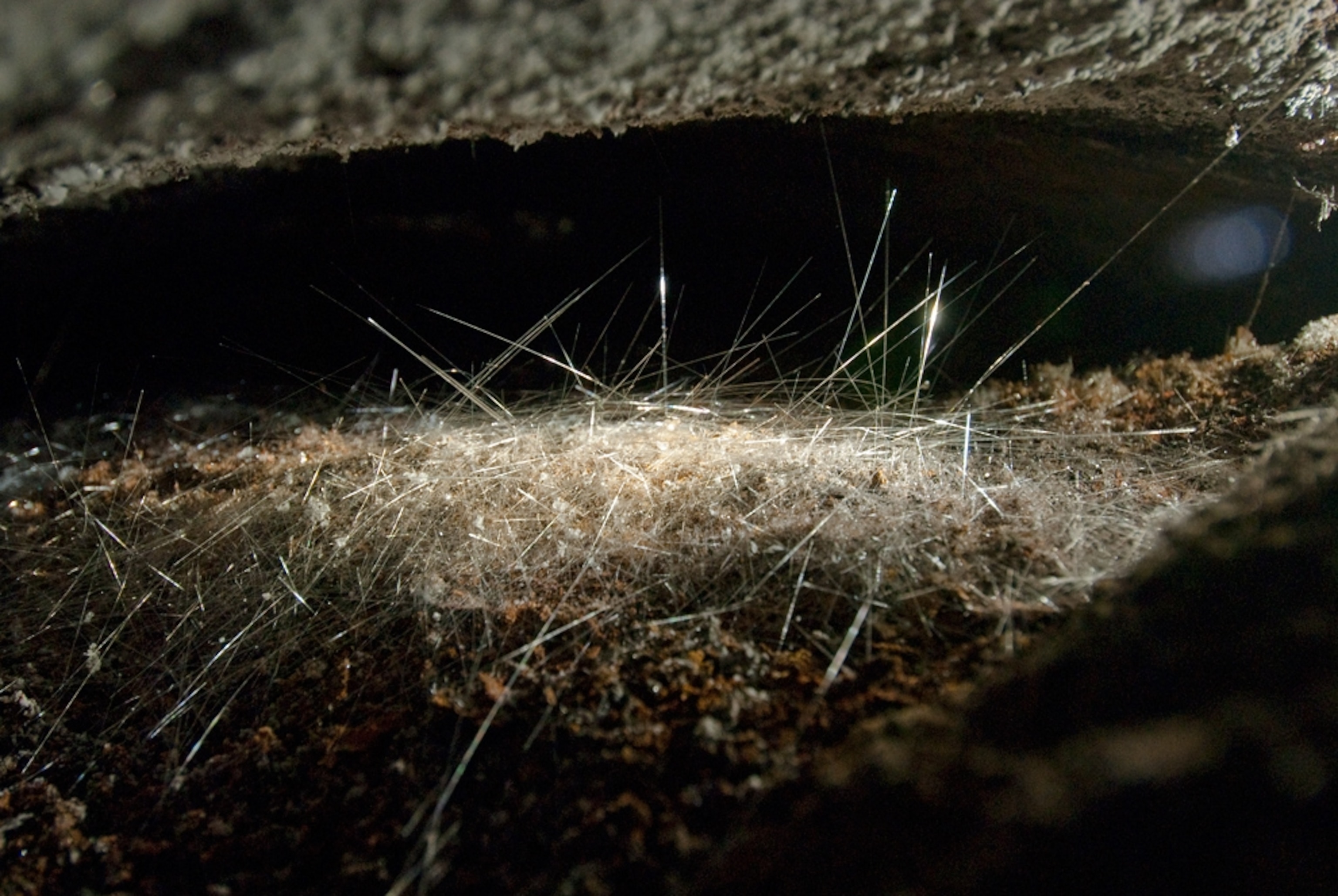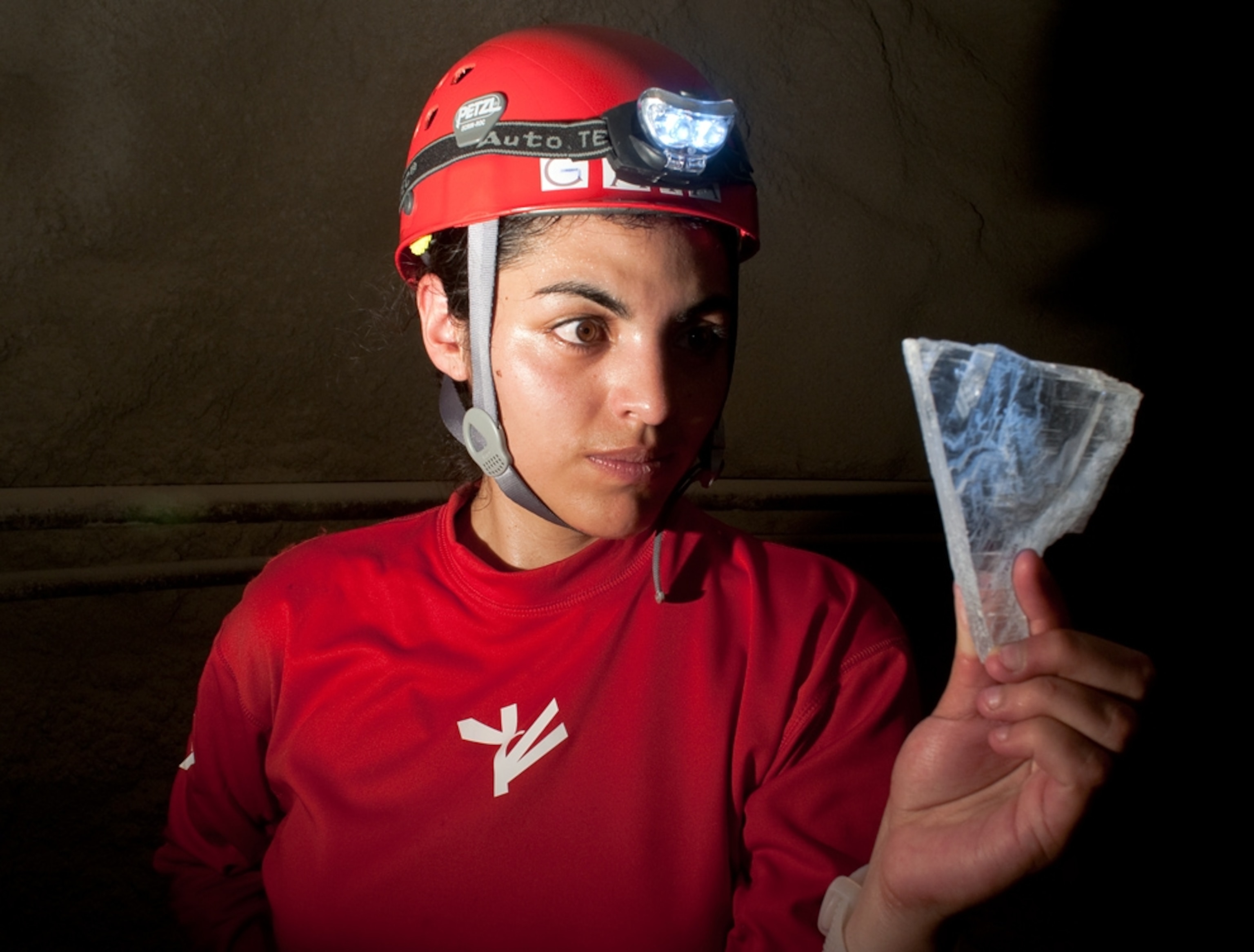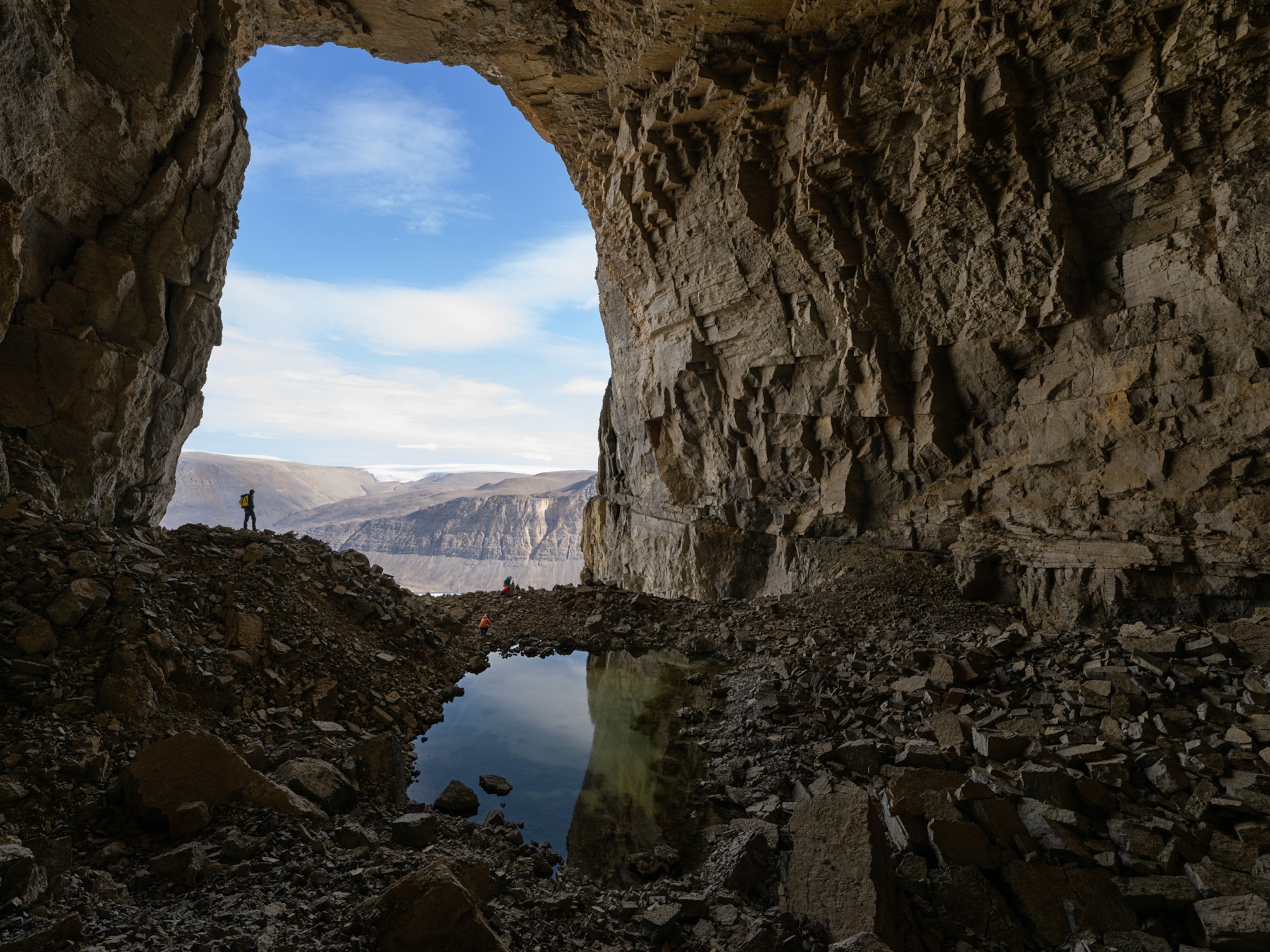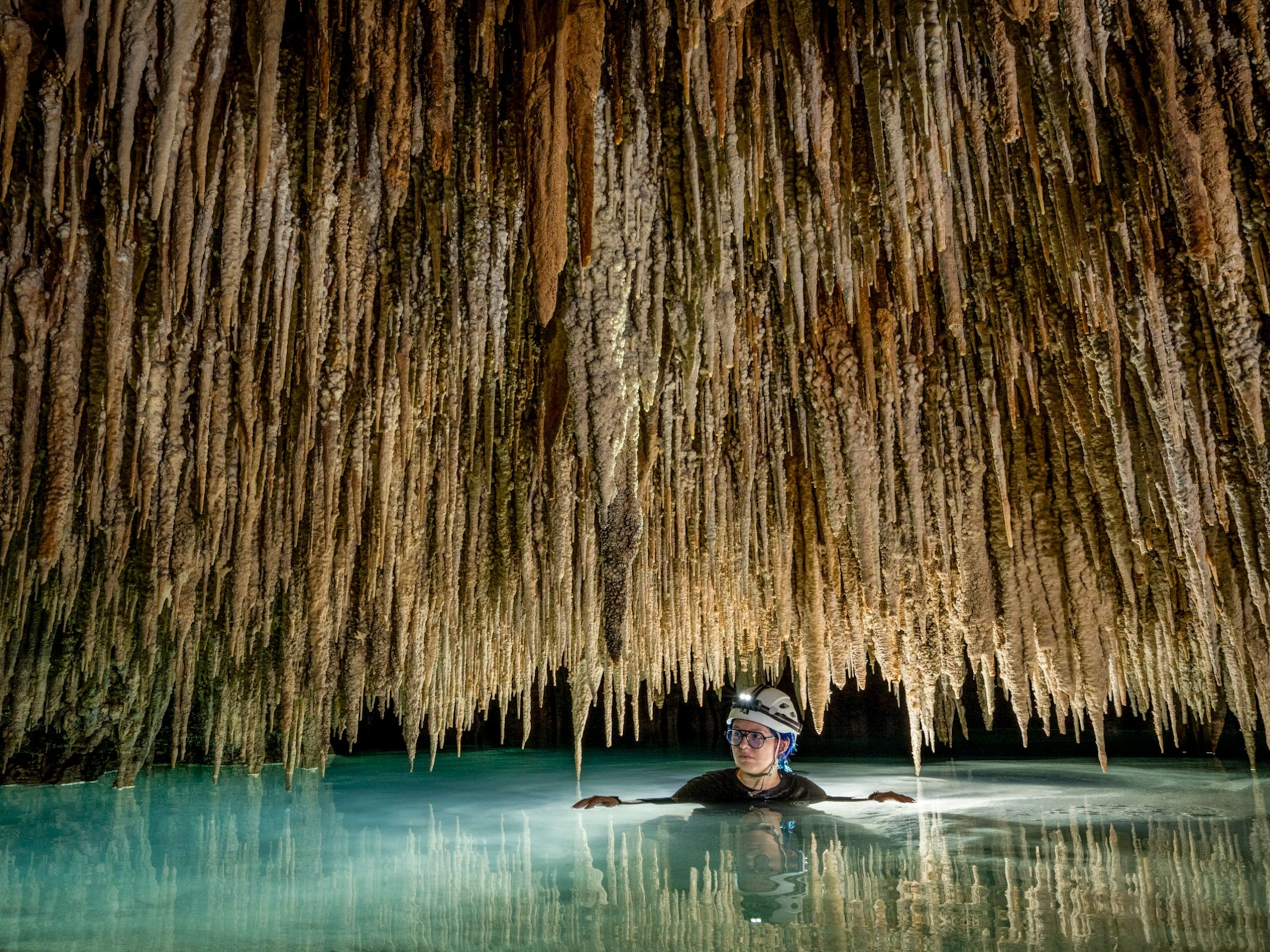1 of 11
Photograph courtesy Oscar Necoechea, Speleoresearch & Films/NGT
Pictures: Return to the Crystal Caves
Returning to Mexico's otherworldly Cave of Crystals, explorers have uncovered a new cavern, microscopic life-forms, and more.
October 9, 2010
















